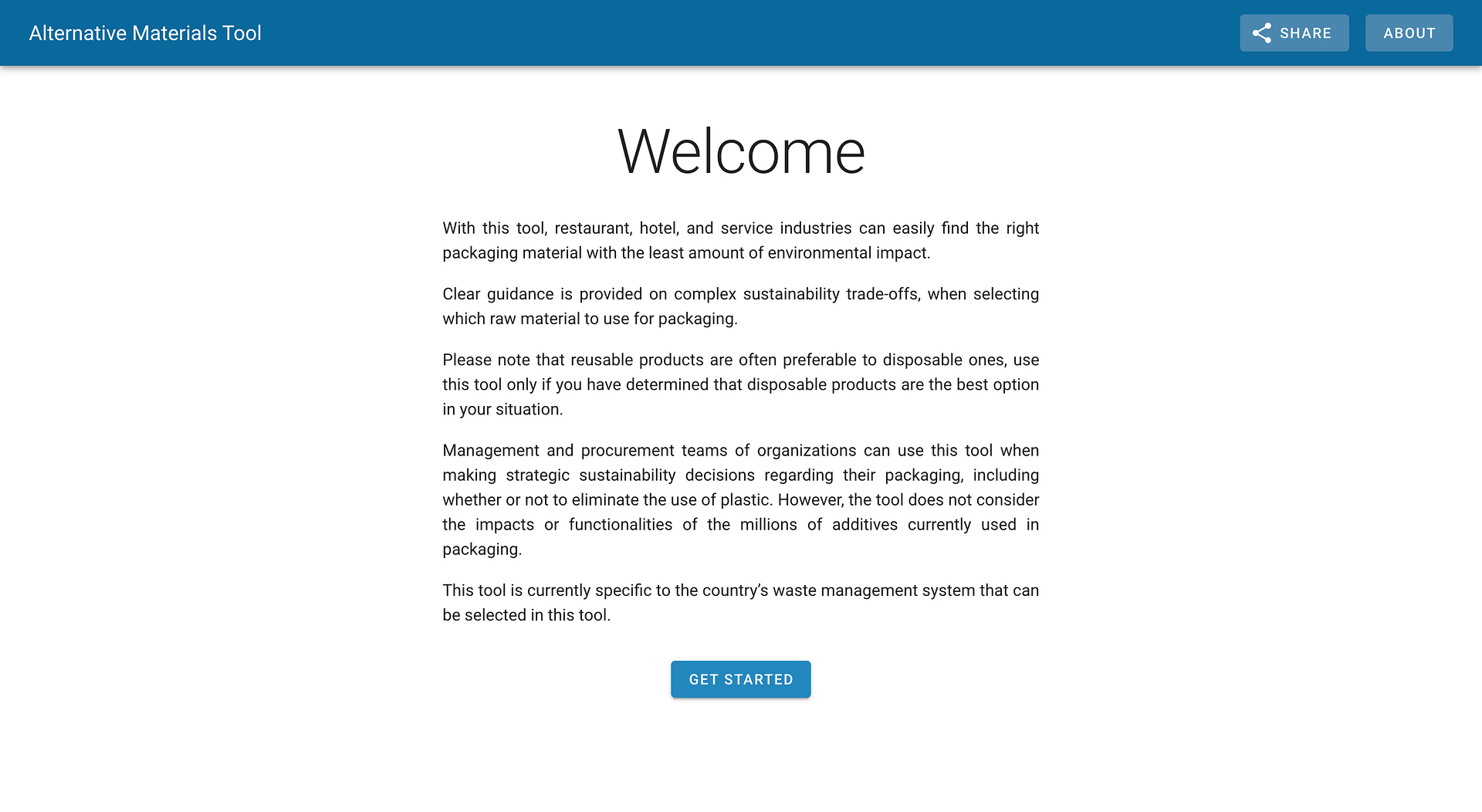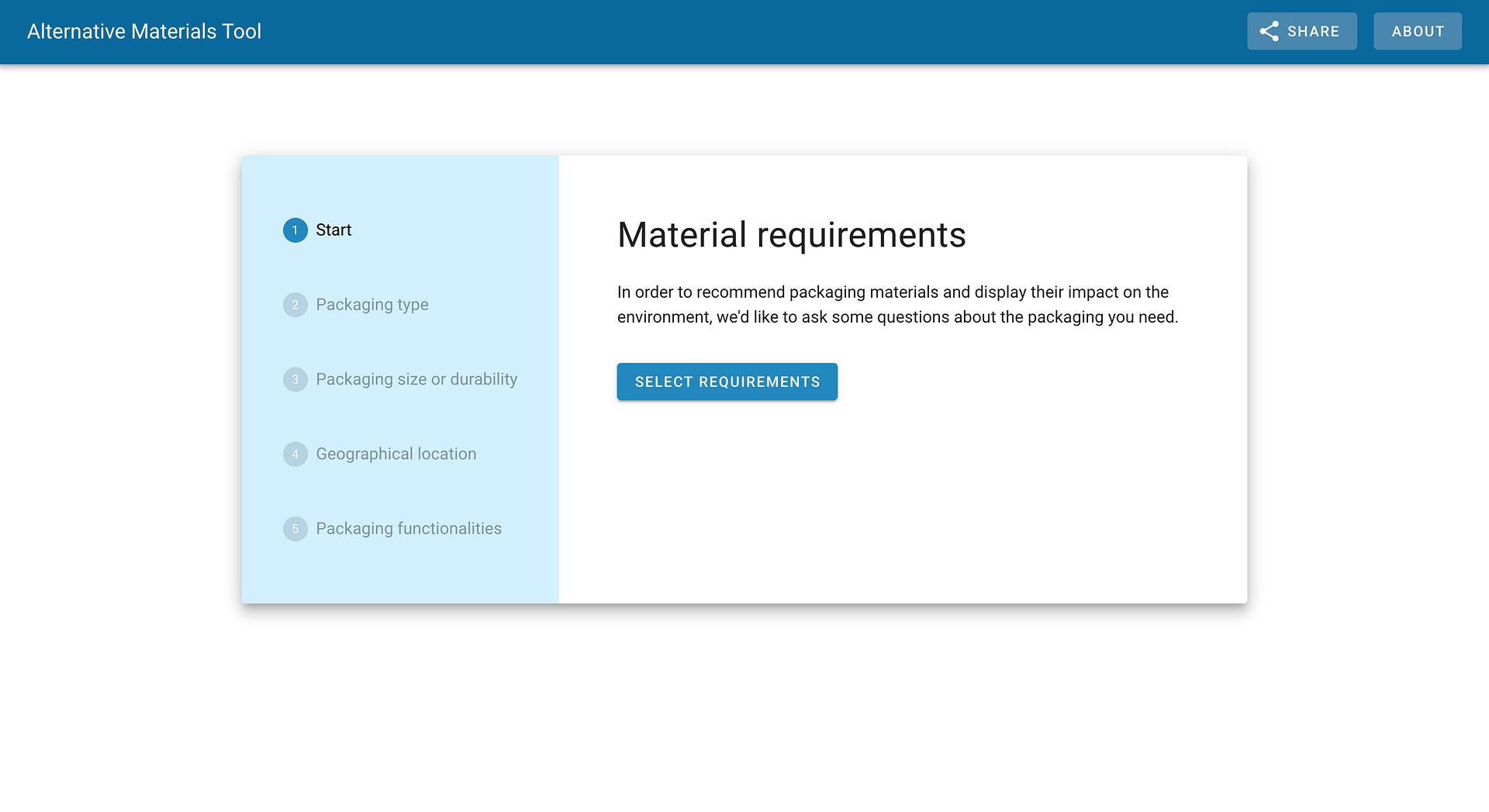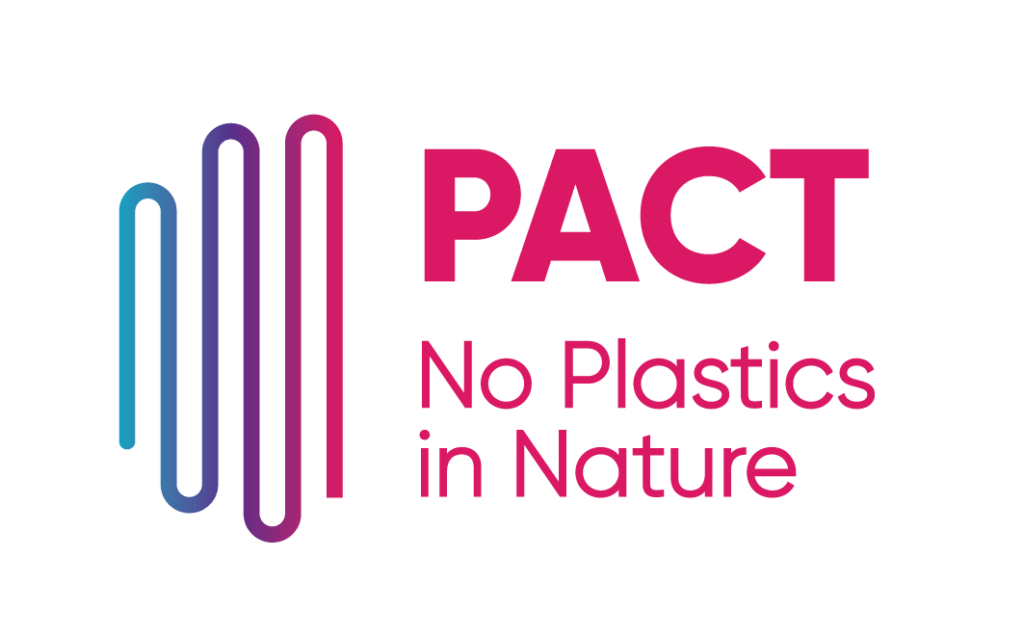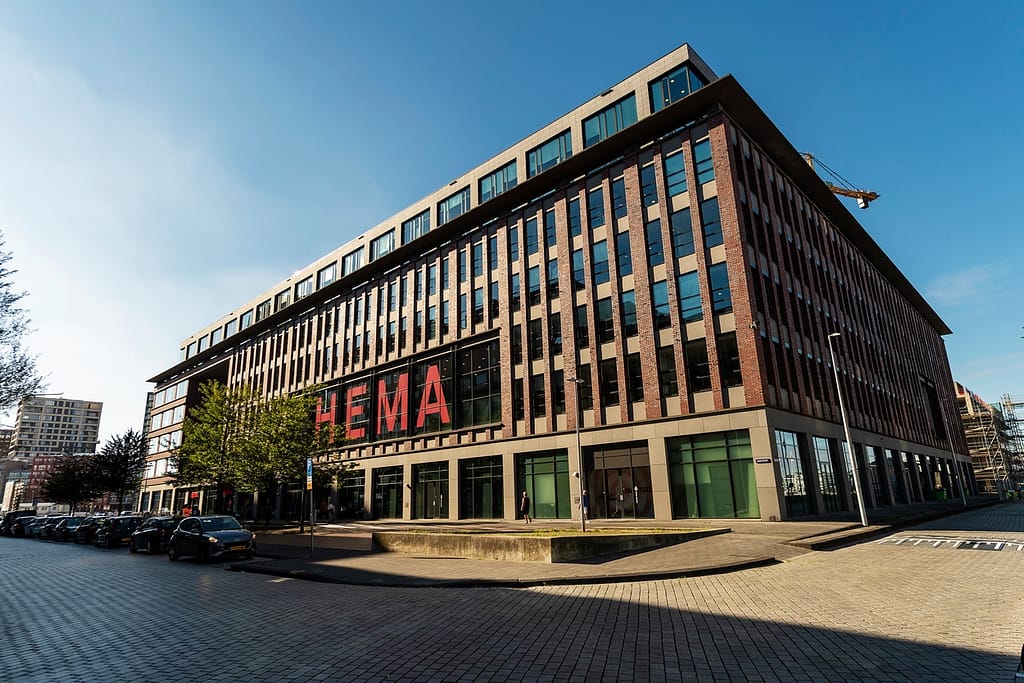The Alternative Materials Tool
A simple, science-based tool that guides businesses towards packaging materials with a lower environmental footprint.
Plastic is a major contributor to many environmental issues. The Alternative Materials Tool aims to provide context-specific guidance for companies seeking sustainable packaging alternatives.
- Client: WWF Singapore
- Date: September 2020
Taking action against plastic pollution
Plastic is everywhere. Every year over 300 million tonnes of it are produced. Annual global plastic production has increased by 20 times since 1950, and is projected to triple by 2050. Not surprisingly, this is resulting in huge amounts of plastic pollution in oceans and on land. Change is urgently needed. But for many businesses and procurement teams, understanding which packaging materials are the most environmentally friendly in their particular case is not a simple task. To tackle this issue in Singapore and across Asia, WWF-Singapore tasked Metabolic with developing a science-based tool to assist hospitality companies in finding the right eco-friendly packaging solution, based on their local context.
A science-based tool to identify alternative packaging materials
The goal was to create a tool that considers the complexity and characteristics of local context. Additionally, we wanted to mitigate the risk of ‘burden shifting’ – decisions that shift the problem from one environmental sphere to another. We needed a systemic approach, accounting for all phases of the packaging material’s life, from raw material extraction, to manufacturing, to end-of-life.
After rigorously researching the environmental impacts of over two dozen materials commonly used for packaging, Metabolic’s consulting and software teams developed the Alternative Materials Tool in a 3-step process:
- Step 1: Identify the availability and mass of the material under specific characteristics and functions-of-use of the packaging product.
- Step 2: Assess the total impact from upstream and downstream processes. The upstream assessment covers impacts caused by the extraction of raw material and product manufacturing processes. The downstream assessment covers impacts that influence littering and damage to the environment at end-of-life, such as waste management. Here, we incorporated information specific to the geographical context, particularly regarding the local waste management system.
- Step 3: Compare different packaging materials. The tool assesses materials by assigning them an “overall circularity score” that will change depending on the packaging type (rigid container, bag, etc), the volume or size of the desired packaging, the country and the functions required by the user.
Actionable answers to sustainability questions
The Alternative Materials Tool is currently being piloted by a number of hospitality providers in Singapore and across Southeast Asia. The Singapore region views the tool as critical to ‘setting the standard for meaningful plastic action towards the circular economy and contributing towards Singapore’s zero waste masterplan for plastics’.
Currently measuring the environmental impacts of packaging materials for the local contexts of Singapore, Thailand, Malaysia, and The Philippines, the tool has the potential to be customized for other geographical regions and product streams. This opens the door to a rapid, reliable, and detailed way of understanding sustainability performance, when impact data is complex and context is imperative.
- Find the tool on WWF’s initiative page “No Plastics in Nature”, together with information clarifying common packaging misconceptions.
- New tool helps guide sustainable packaging decisions in Asia Pacific






“Designed for the Food & Beverage and Hospitality sector or even individuals who wish to learn more about the impact of various materials, we hope the AMT will drive the industry to make more conscious decisions on single-use packaging, should reusables not be an option.”
Mr R. Raghunathan, CEO of WWF-Singapore






